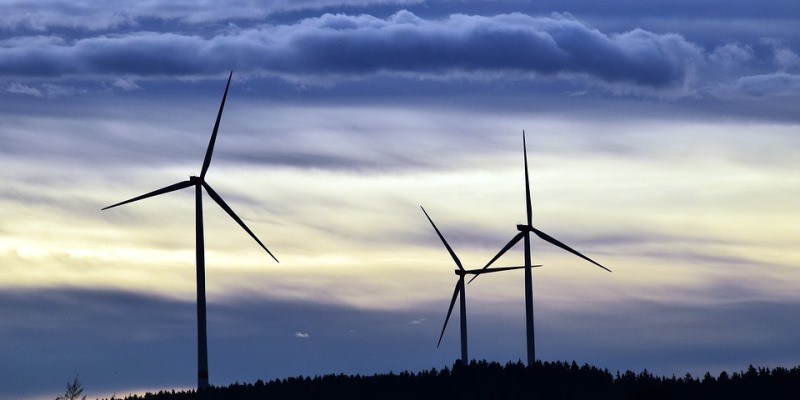Wind lobby ignores consequences of ‘renewable’ energy

In a recent news release, the Canadian wind energy lobby group CanWEA challenges our recent study on wind and solar power by noting that industrial wind turbines generate minimal greenhouse gas (GHG) emissions per kilowatt hour of electricity produced over their lifecycle, and that wind energy is inexpensive to produce.
We made both points in our study, so we don’t object to having them quoted back at us.
CanWEA is keen to divert attention from the main reason we argue “cheap and clean” renewable energy usually increases GHG emissions and the cost of electricity—that reason being, it’s not always available.
We look at the problem from the perspective of electricity systems as a whole and emphasize the incremental costs—both monetary and environmental—required to ensure variations in the supply of “renewable energy” do not disrupt the reliable electricity supply consumers require. These costs are incurred because the cost of storing sufficient amounts of electricity, to turn a fluctuating supply of wind power into a source of electricity that can be tapped as required, remains prohibitive. CanWEA focuses only on the cost of generating wind energy, and implies dramatic improvements in energy storage technology are imminent.
Conventional generating capacity is currently required to satisfy demand for electricity when the sun does not shine and the wind does not blow. Capacity added to generate wind (and solar) power therefore constitutes an incremental cost to any electricity system. Adding wind power capacity also changes the conventional generating capacity mix required—simple cycle generators, which burn gas while idling in readiness to generate electricity whenever wind power is unavailable, are the preferred source of backup power.
This backup capacity also involves significant investment. The transmission capacity required to link widely dispersed renewable generating capacity to electricity demand, and the additional ancillary services required to maintain stability in a grid connected to highly variable sources of supply, also add significant costs. Clearly, the lifecycle emissions cost of generating wind energy does not include the emissions impact of these modifications. CanWEA also ignores the broader financial consequences.
CanWEA makes much of the fact that one province—Prince Edward Island—produces 20 per cent of its electricity needs from wind. Our study explains the peculiar circumstances involved—P.E.I. has no hydroelectric potential and even rejected an offer from Hydro Quebec to supply its needs. Wind power is expensive, but’s the preferred alternative to generating electricity from imported fossil fuels. The New Brunswick electricity grid backs up the wind energy capacity in P.E.I., which exports its surplus wind power to New Brunswick and draws power from the New Brunswick grid when insufficient wind power is being generated to satisfy demand.
CanWEA also highlights increased employment in the wind industry, but “job creation” is frequently used to justify poor policy. Unfortunately, the job losses attributed to rising electricity costs in those provinces where political enthusiasm for wind and solar energy was highest significantly outweigh the jobs created in the renewable energy sector. And finally, the sizeable subsidies obtained by the renewables industry did create employment but voter backlash against the provincial governments responsible means many of these jobs will be temporary, the antithesis of the “sustainable development” CanWEA advocates.
Author:
Subscribe to the Fraser Institute
Get the latest news from the Fraser Institute on the latest research studies, news and events.

